7. Dumplings (Fruit Chan, 2004, Hong Kong)
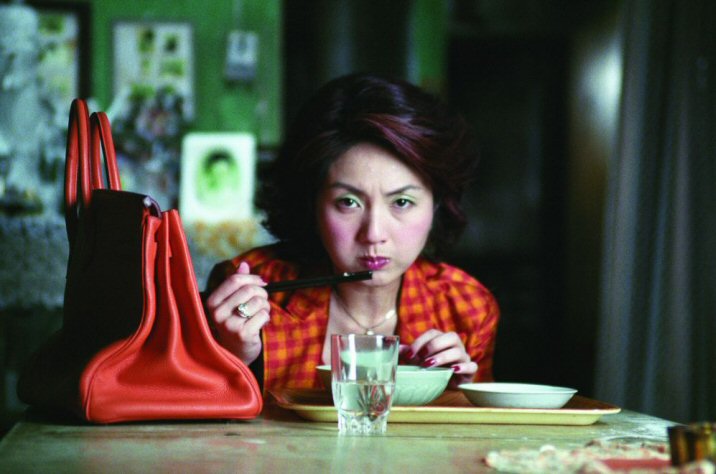
Initially part of the compilation horror production “Three… Extremes”, “Dumplings” was expanded into a feature film.
The script is based on a novel by Lillian Lee, who also penned the film, and revolves around Mrs. Li, a former popular actress who watches her looks fail along with her career. Furthermore, her marriage is also in shambles, with her husband, a successful businessman, constantly having affairs with younger women.
In her despair, Li turns to a cook named Mei, who cooks dumplings filled with a secret ingredient that makes their consumers eternally young. Li eventually learns the terrible secret of the recipe, but she cannot stop since the dumplings seem to be working.
The film’s biggest asset lies with the fact that it managed to portray horror as something normal, focusing on the trend that everyone must look as young and beautiful as possible, a sentiment that appears even more fiercely in the entertainment industry. Fruit Chan’s great direction along with Christopher Doyle’s astonishing cinematography are the main ingredients of the accomplishment, with the latter additionally presenting images that manage to retain their beauty despite their extremity.
All of the three protagonists, Miriam Yeung as Mrs Li, Tony Leung as Mr Li and Bai Ling as Mei, are magnificent in their respective parts.
6. Late Bloomer (Go Shibata, 2004, Japan)
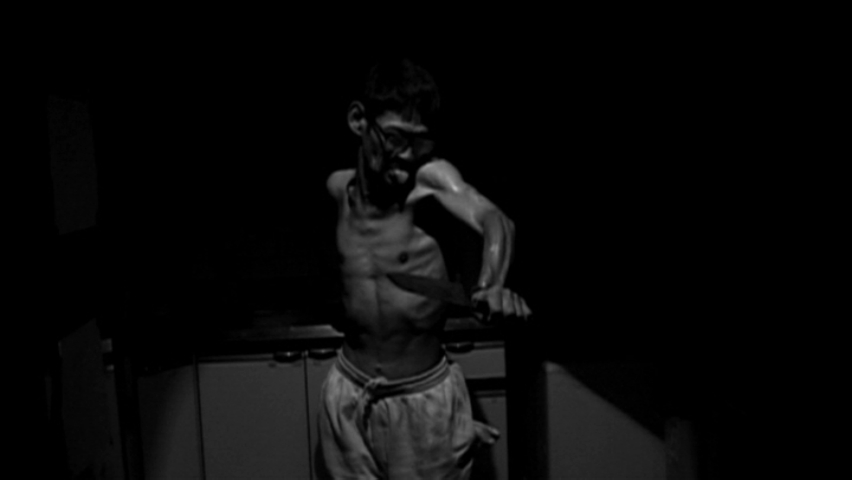
Sumida is a handicapped man in a wheelchair, a fact that doesn’t stop him from being a party animal, desiring to drink beer, hang out with friends, attend concerts and meet girls. However, when his feelings toward a recent occasional retainer are not reciprocated, Sumida, frantic by desire and frustration, proceeds on a killing spree.
Go Shibata presents a film concerning inability that keeps its distance from the common triumph stories typically shot regarding this topic. Instead, “Late Bloomer” focuses on the violent ascent of the protagonist to a world where anybody is an enemy worth killing.
Additionally, the actual actor, Masayuki Sumida, suffers from the same illness as the homonymous character, thus resulting in a terrifyingly realistic film. Furthermore, the aesthetics of the movie, including the lack of color, the sound and the editing, are similar to “Tetsuo”, a factor that adds to its extremity.
Shibata took five years to complete the film and even more to clear it for distribution in Japan. However, festivals around the world screened it, netting it significant acclaim.
5. Strange Circus (Sion Sono, 2005, Japan)
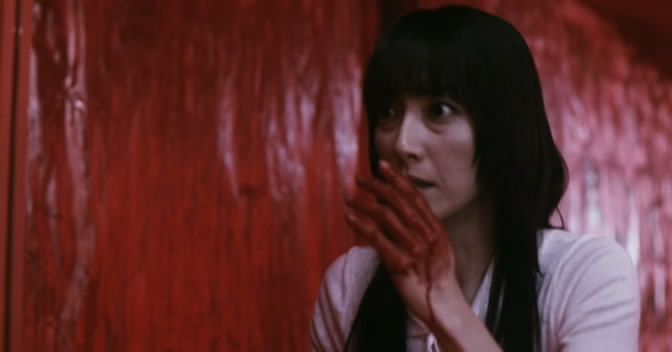
“Strange Circus” is probably Sion Sono’s foremost extreme film, a fact that, concerning this particular director, definitely says a lot. Rape, pedophilia, incest, transexuality, and a plethora of other notions that each on its own might characterize a film as disturbing, are all included in this grotesque masterpiece.
A school principal places his daughter inside a cello case he had modified for her to be able to watch him having sex with her mother. The latter eventually realizes that fact; however, she is not able to stop her husband from continuing his practice. Furthermore, over time, he begins changing the places of the two women, an effort that leads to the daughter ultimately starting to savor the sex with her father and her mother’s fits of jealousy towards her, resulting in violence.
In the future, the daughter has become a successful author, mostly by describing her childhood experiences. Nevertheless, because she is handicapped and has to sit in a wheelchair, her publishers hire an assistant for her who eventually turns the entire story upside down.
Sono drowns his film in blood-red color, presenting a plethora of utmost sick characters, each one perverse in his own way. Through surrealism, he weaves an intricate story that lurks among the violence and extremity, with heaps of turnarounds and an utterly unexpected finale.
4. The Whispering of the Gods (Tatsushi Ohmori, 2005, Japan)
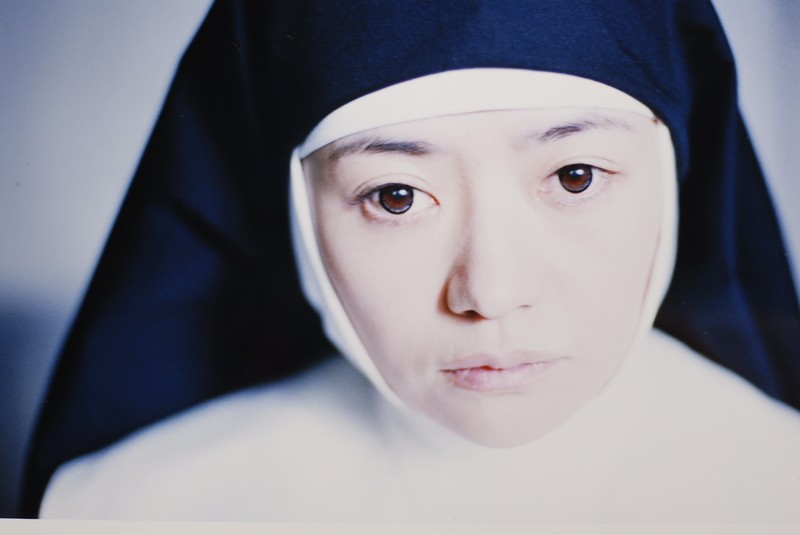
This particular movie engages the theme of Christianity in Japan. However, the presentation is so onerous that the director was forced to screen it in a mobile traveling theatre, bypassing the Motion Pictures Ethics Committee.
The movie wastes no time in presenting what is about to follow, since in one of the initial scenes, a priest is praying while a young retainer gives him a hand job. The cleric’s name is Kamiya and he is the leader of this community that practically functions as a farm, although its rules are those of a Christian monastery. The attendant is Rourou, who has found refuge in the community due to his former crimes, as is the case with plenty of the staff.
The only prerequisite for an individual to join is to accept the authority and the discipline that, in this case, are translated as systematic abuse from the superiors to the workers. The only one who seems untouched by the rules is Rourou, who takes advantage of it all.
Tatsushi Ohmori presents the relationships between the members of the community, where a number of extreme sexual acts are incorporated, including forced fellatio and bestiality. Moreover, a plethora of blasphemous events take place on the farm.
Evidently, the film is tough to watch due to its obscenity, and the slow pace of Ohmori’s direction adds to the fact. However, beyond that, “The Whispering of the Gods” incorporates a number of magnificent shots in the snow and the two protagonists, Hirofumi Arai as Rou and Renji Ishibashi as Father Kamiya, act with utter competence.
3. Grotesque (Koji Shiraishi, 2009, Japan)
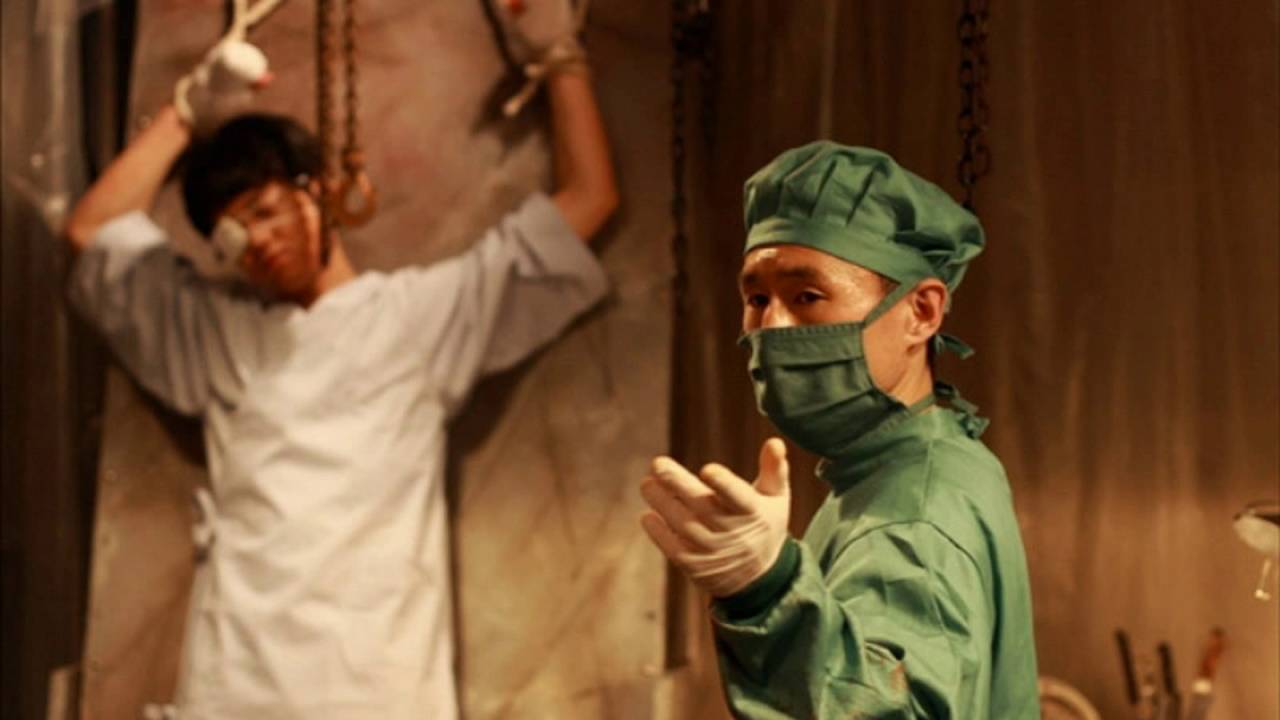
A paranoid sadistic doctor drugs and kidnaps a couple during their first date. When they wake up, he begins torturing them for several days and that is actually the gist of the script of “Grotesque”, which Koji Shiraishi also pens.
His sole and obvious purpose here is to depict violence through torture as graphically as possible, thus creating a movie extremely onerous to watch, even by hardcore fans of the splatter genre. Evidently, he succeeded.
The British Board of Film Classification refused to release it in the UK, a decision that subsequently drove Amazon to remove the DVD from its website. Shiraishi responded that he was delighted, since his purpose was to upset the so-called moralists.
“Grotesque” is the utmost torture movie and a true ode to violence.
2. Caterpillar (Koji Wakamatsu, 2012, Japan)
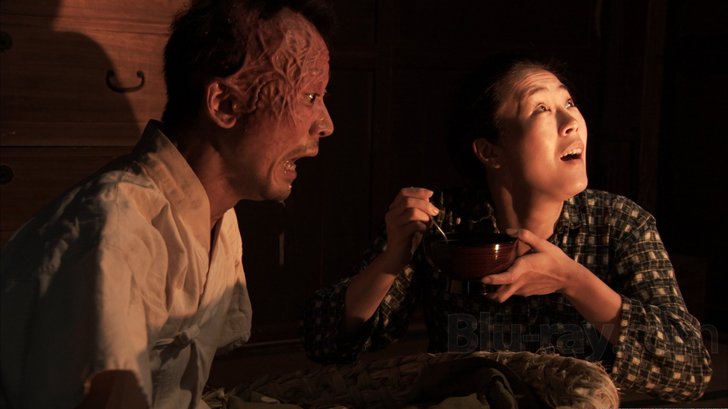
The particular film is one of Koji Wakamatsu’s last works, since he died in 2012. However, his distinct morbidity did not seem to have abandoned him, even in his final years.
The story is loosely based on a novel written by Edogawa Rampo, initially published in 1929, whose reprint was permanently forbidden in 1939. At the end of 1930, before the end of the Japan-China war, First Lieutenant Kyuzo Kurokawa returns home from the front in an awful condition. Both his legs and hands are mutilated, he has lost his hearing, and he has severe burns on the right side of his head. However, his country has decorated him three times for his bravery, even naming him “God of War”.
His relatives are shocked by his condition; nevertheless, they attempt, hypocritically, to persuade his wife, Shigeko, that it is an honor taking care of such an eminent man. On the other hand, she manages to overcome her own shock quite rapidly. However, this does not last for long, since she quickly realizes that not only does she have to tend to all of the family’s work, both in the house and in the field, but she also has to satisfy Kyuzo’s biological needs that incorporate his insatiable thirst for sex.
Wakamatsu presents a number of preposterous sex scenes between the protagonists, which are as shocking as Kyuzo’s image. The title literally refers to his condition, since he does not have hands or legs, thus resembling a caterpillar.
Nevertheless, the film incorporates a sharp political remark regarding Japan at the time, and the public’s perception of the empire that amounted to blind obedience. His biggest achievement here lies in the fact that he manages to retain the balance between the drama, the political comment and the satire, throughout a plethora of grotesque scenes.
Shinobu Terajima is sublime as Shigeko, presenting virtually every aspect of human behavior with utmost realism.
1. Moebius (Kim Ki-duk, 2013, South Korea)
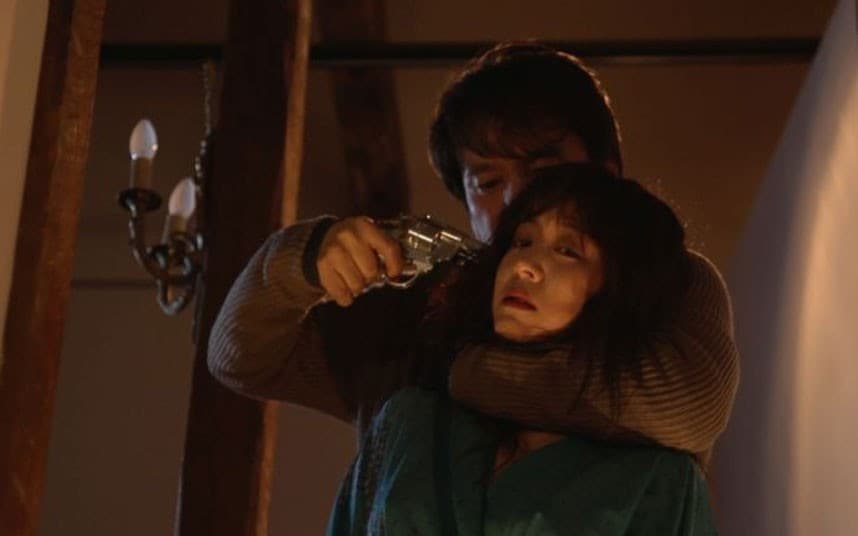
Kim Ki-duk’s foremost hideous production was so grotesque that the Korean Media Rating Board initially banned it completely, before the director cut a number of scenes.
A spouse discovers her husband is having an affair and in order to reciprocate, she decides to castrate their only son and even eats the severed member before she runs away. The shamefaced father thus starts spending his time inquiring about penis transplants on the internet, while the son, who is being bullied for his situation, ends up participating in a gangbang rape of his father’s former mistress.
Kim’s obvious purpose was to shock his audience and he definitely succeeded in doing so. Almost every onerous notion is present in “Moebius”, including self-torture, misogyny and Oedipal inclinations. Adding to the sense of perversion erupting from the movie is the almost complete absence of dialogue, a tactic meant to force the spectator to focus on the images.